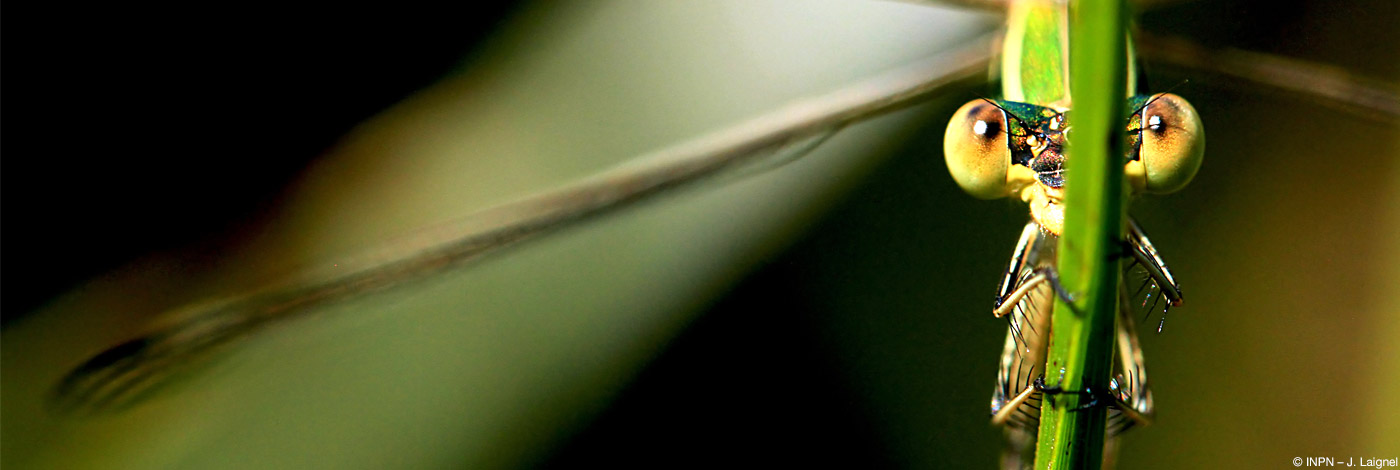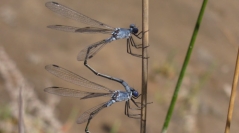

 Naturae
2022 (4) - Pages 43-99
Naturae
2022 (4) - Pages 43-99Environmental impact studies are a regulatory process to assess projects that may have significant environmental impacts. It includes a “natural environments” section, where an ecological diagnosis gives an initial status of the site to be assessed, including its wildlife, botanical and habitat concerns, based on bibliographical references and dedicated surveys. The result is the proposal for “ERC” measures (avoid, reduce, compensate) to preserve the environmental issues identified prior to the project.Arthropods are by far the most diverse phylum of the animal kingdom, and should therefore have an important place in an environmental impact study. However, only four orders have species listed in the current regulations, and the phylum of arthropods is poorly represented compared to vertebrates. The review of 50 impact studies shows that only three main groups are studied, relatively related to existing protections : butterflies (Zygaena included), dragonflies and Orthoptera, and some protected saprophagous wood-boring beetles. A ‘closed-loop’ effect occurs, likely inherent in the regulations and many of the associated actions, as these groups are the ones on which knowledge is most advanced and which are the subject of most Red List assessments. This imbalance between the groups covered in the impact studies and the actual diversity of continental arthropods, their specialisations and ecological functions, and their particular distributional characteristics, means that the issues at stake are assessed unequally depending on the habitats and geographical sectors concerned. Thus, butterflies and Orthoptera primarily highlight species and conservation issues for grassland environments, followed secondarily by moors, thickets and scrubland ; dragonflies for freshwater environments. Butterflies and dragonflies also include a significant number of species of concern that are associated with peat bogs and marshes. These groups are generally good indicators of the issues affecting these habitats. The beetles that appear most regularly in impact studies highlight isolated trees, hedgerows, tree lines and forest edges. On the other hand, these groups are very few valuable to highlight conservation issues for arthropods of the coastal and closed forest environments. Butterflies and dragonflies are among the arthropods with the lowest rates of endemism in metropolitan France, which means that this conservation issue is under-represented in the impact studies. Functional guilds such as coprophagous, necrophagous or litter predators and decomposers are virtually almost forgotten in impact studies. This article proposes six groups for which knowledge has progressed well over the last 10 to 20 years and which would provide an ecological and taxonomic complement to the species currently used in regulatory studies: centipedes (Chilopoda), woodlice (Isopoda, Oniscidea), long-horned beetles (Cerambycidae and Vesperidae), Scarabaeoidea and Tenebrionidae, and shield-bugs (Heteroptera, Pentatomoidea). Most of the species of high concern in these six groups are found on beaches or dunes, forests or environments such as caves, cliffs or screes. Centipedes, woodlice and Tenebrionidae beetles have a large number of endemics and a high national responsibility. Beaches and coastal environments, from the shore to the dunes, are the most striking example of under-representation in protected species and current impact studies, with dozens of specialised species at risk and no umbrella species to protect them. To a lesser extent, the same applies to closed forests. Caves appear to be of less concern. However, the often narrow distribution of the endemic arthropods they house means that the stakes are not to be underestimated. The protection lists therefore need to be completed with groups other than those taken into account so far, but in a manner appropriate to continental arthropods. Protection should prioritise habitats and not specimens, in correlation with the particularities of their study and their biology. For butterflies, dragonflies and Orthoptera, although a large number of regulated species remain relevant, the lists need to be revised.This study proposes a list of 135 species with high conservation concerns in nine arthropod groups. If this list was taken into account by environmental agencies, landscape planners and environmental authorities, it would reflect the challenges for continental arthropods in impact studies and thus enable measures to be taken that are better suited to their conservation.